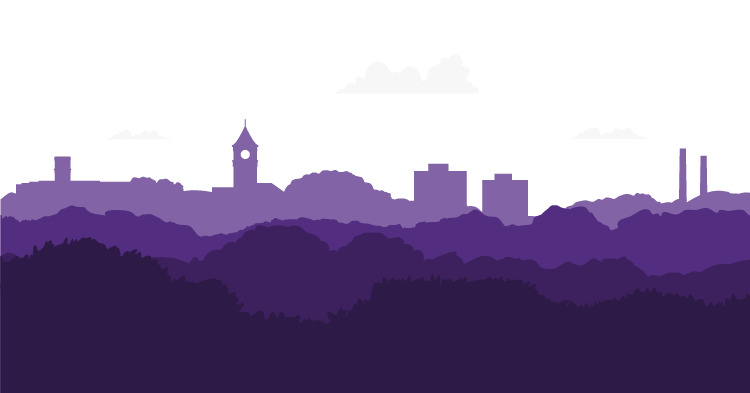Beatriss Calhoun, Water Resources Extension Agent
Rain in the Lowcountry often feels more like a threat than a benefit. Flooded roads, soggy yard spaces, and overflowing ditches all have a way of making a good storm challenging. However, what if we looked at the rain differently? What if each storm offered not just a challenge but a checklist? Rainfall gives us a real-time glimpse into how stormwater moves or doesn’t move around our environment.
Hope in the rain means seeing beyond the puddles. Rainfall can reveal what we do not always see during “dry days.” For homeowners, property managers, and future homebuyers, these wet moments are valuable. Below is a list of questions you can ask yourself during the rain.
- Where is the water pooling?
- Is my soil draining well or poorly?
- Are there any signs of erosion?
- How clear is my ditch or storm drain? What is causing the clog?
- What resources do I have to improve these water concerns?

At times, these are not just minor inconveniences; these are signals. Taking note during a storm can help you with a rainy-day plan. Plans can include properly grading your property, using rainwater harvesting to slow down excess water, installing a rain garden to filter runoff naturally, having permeable surfaces for better drainage, or adopting a storm drain to monitor in your neighborhood. These changes not only protect your home but can also improve water quality in your backyard and beyond.
Periods without rain can also give us a valuable perspective. A good storm can replenish what drought takes away, and with a bit of planning, we can capture the water and guide it back to the land where it is needed most.
In conclusion, rain can bring hurdles but also clarity and a chance to build resilience. Storm by storm, we learn not just how to weather it, but how to live better because of it.
Clemson University Cooperative Extension Service offers its programs to people of all ages, regardless of race, color, gender, religion, national origin, disability, political beliefs, sexual orientation, gender identity, marital or family status and is an equal opportunity employer.
